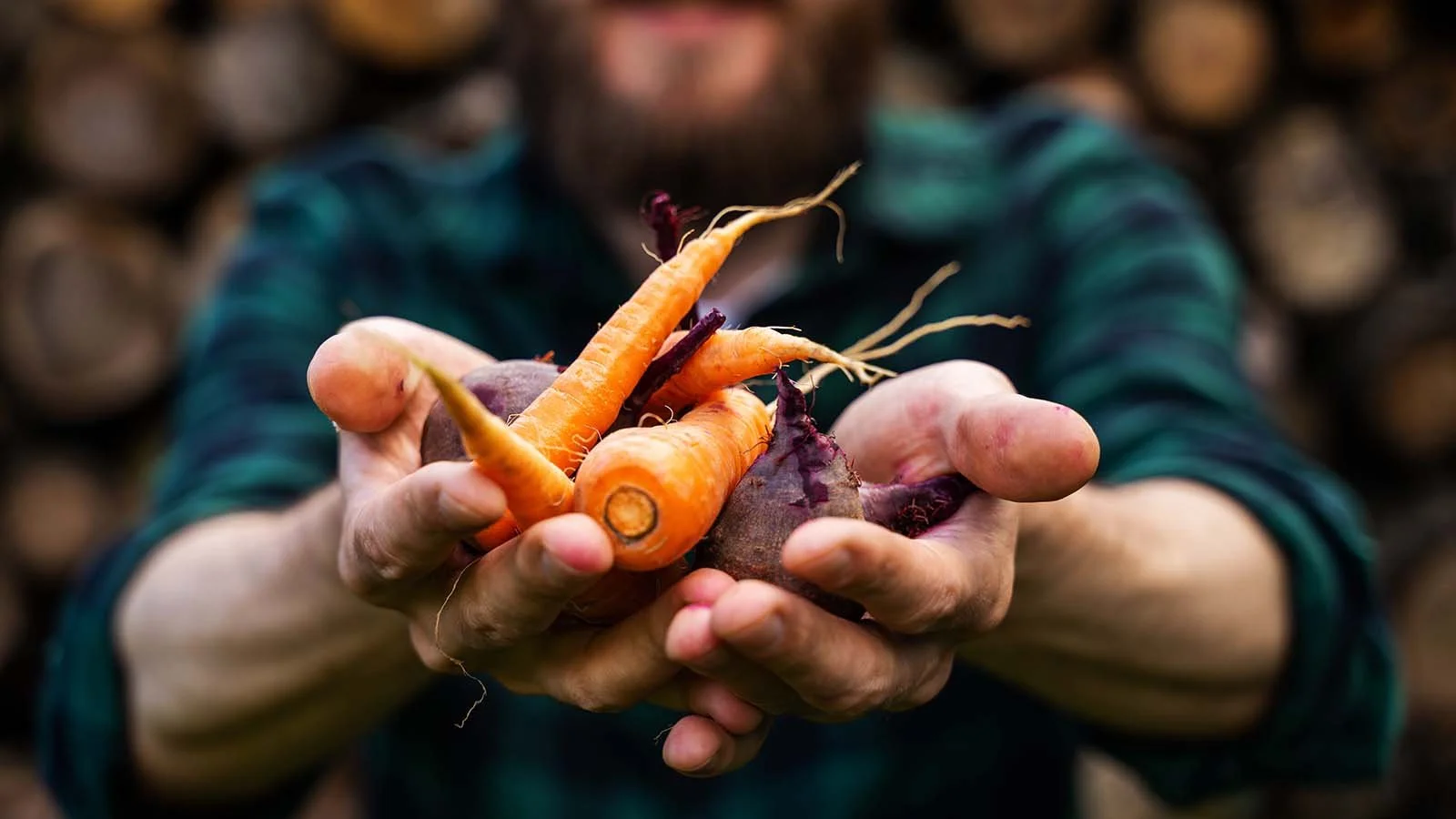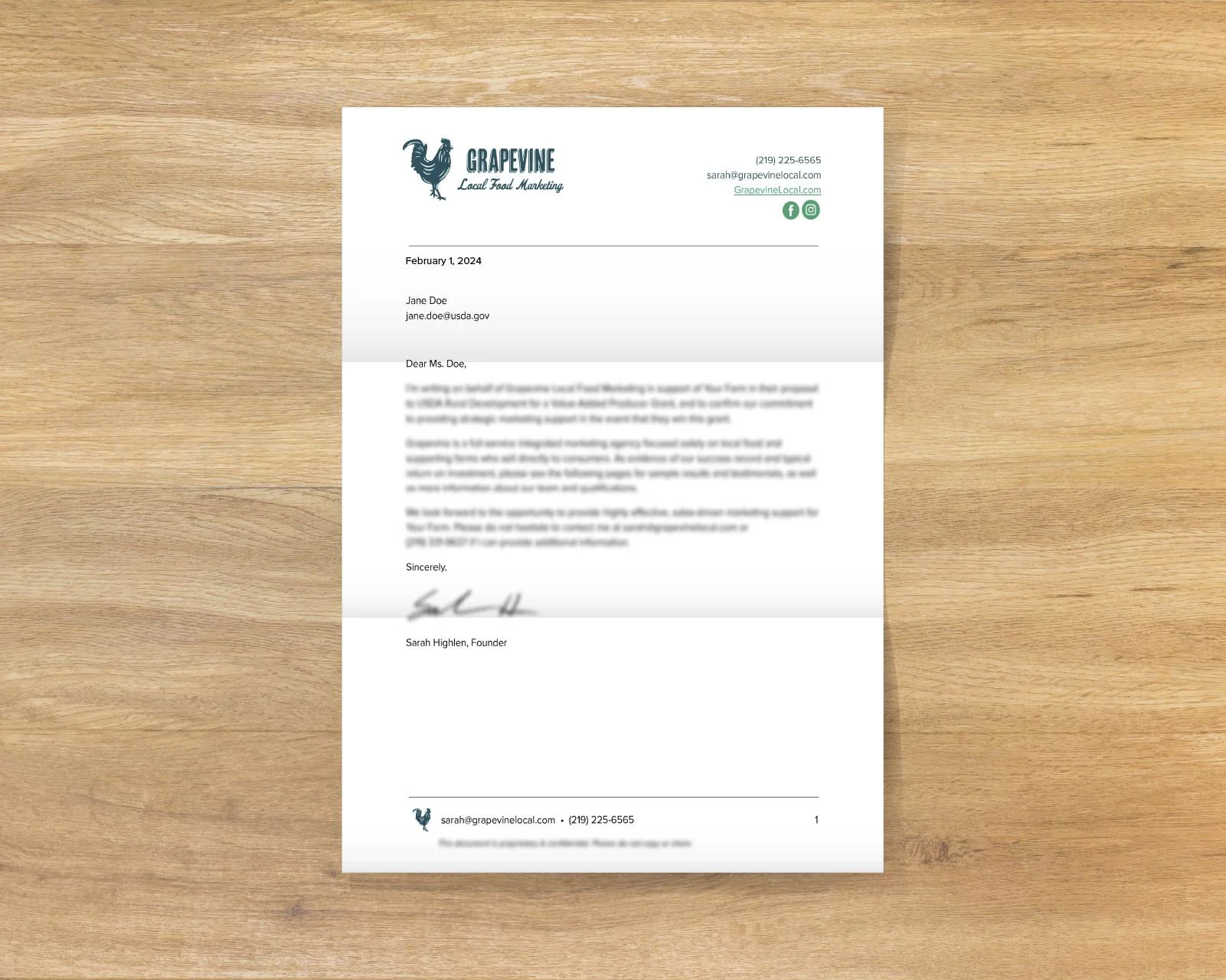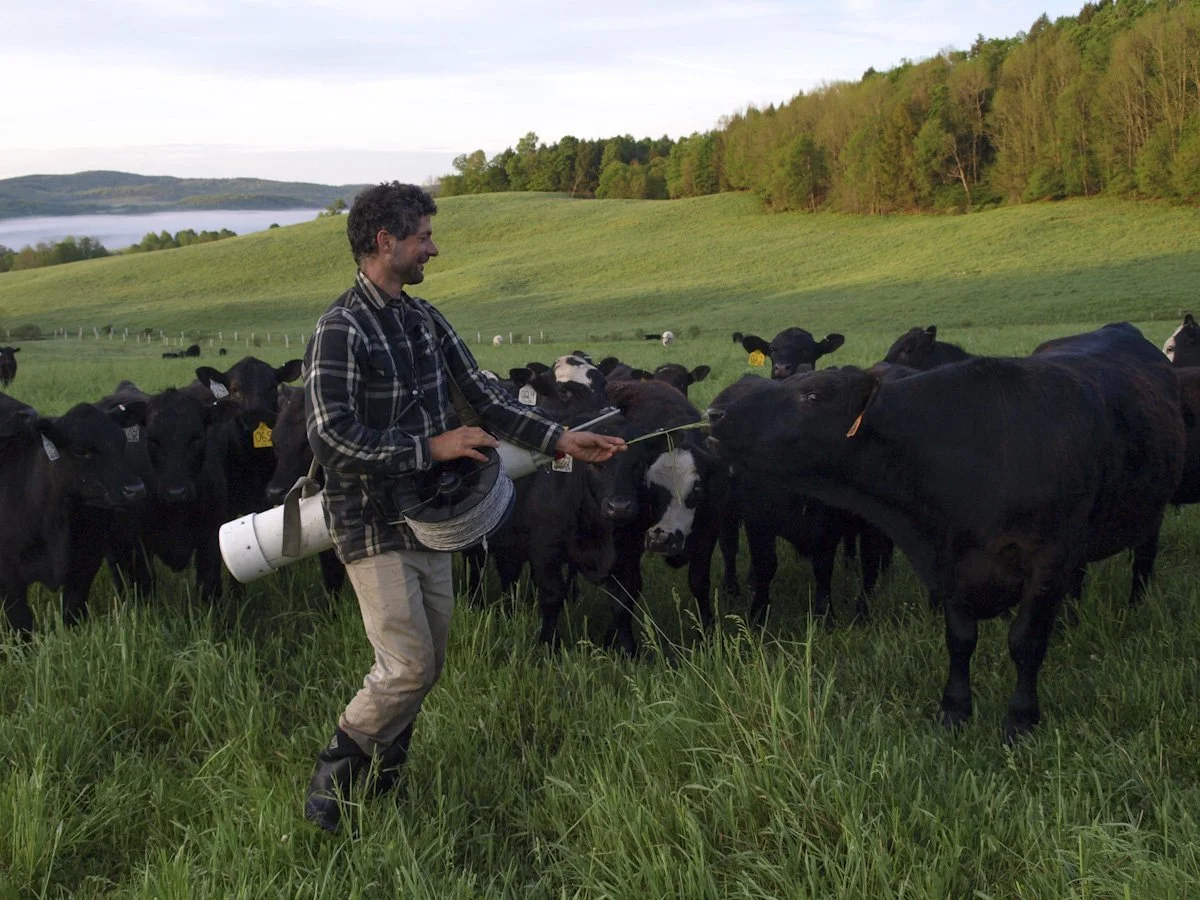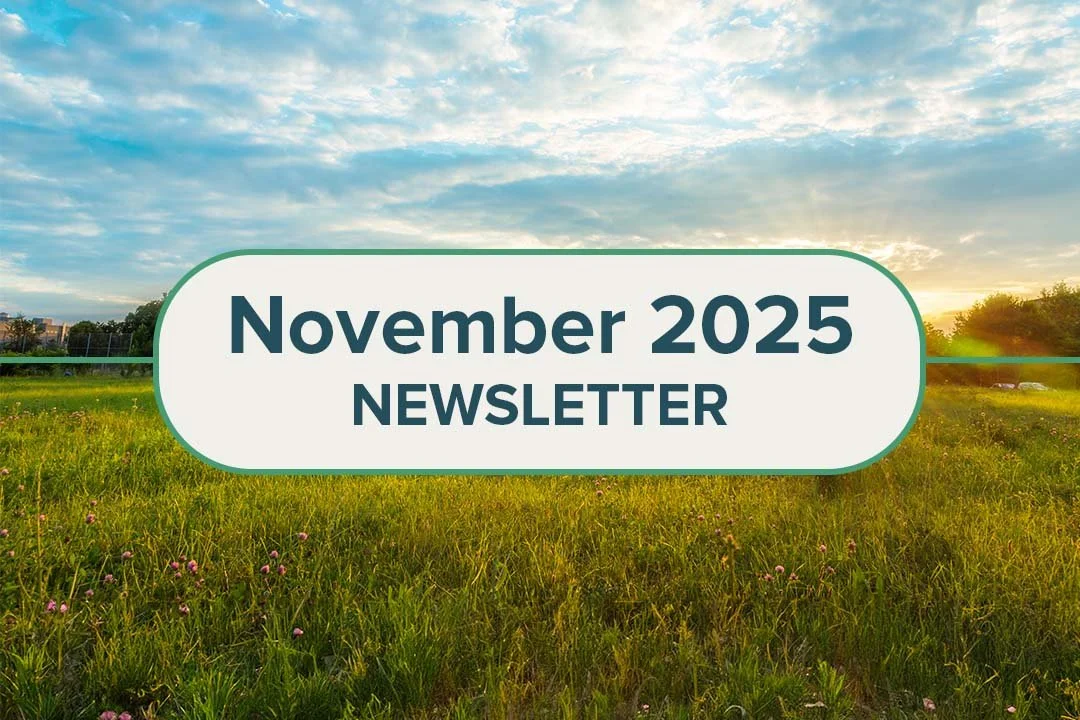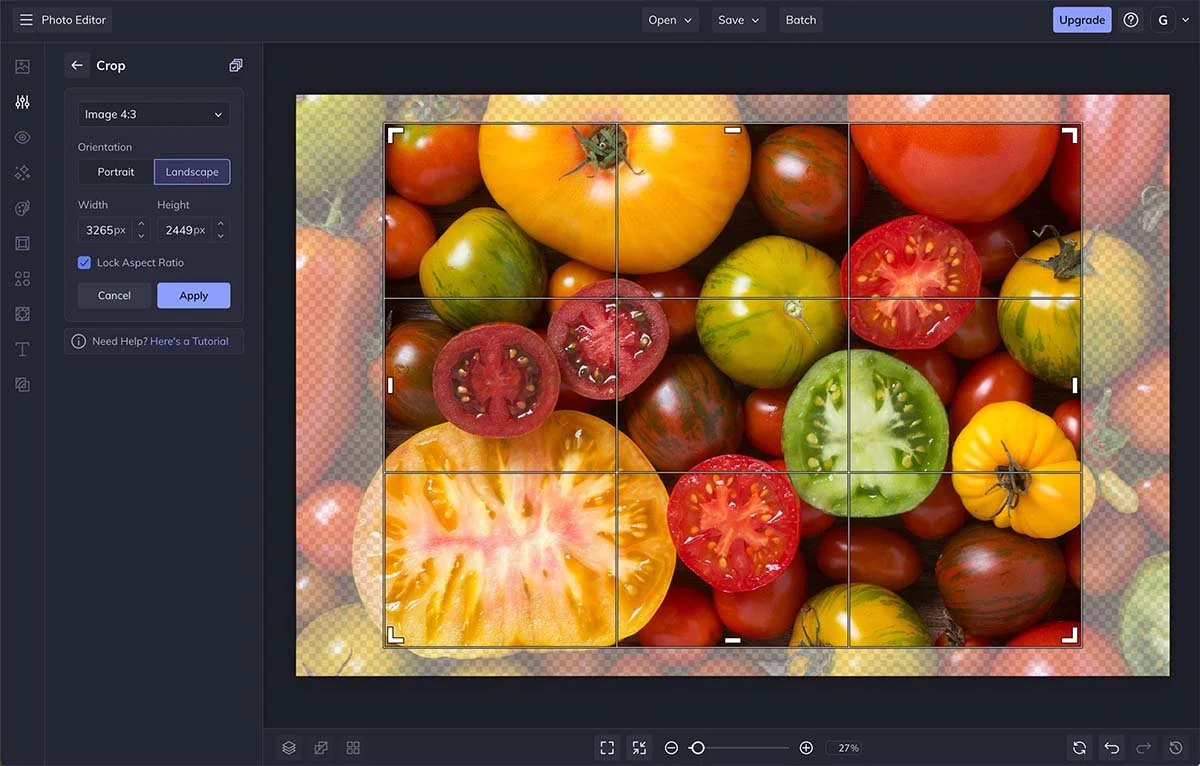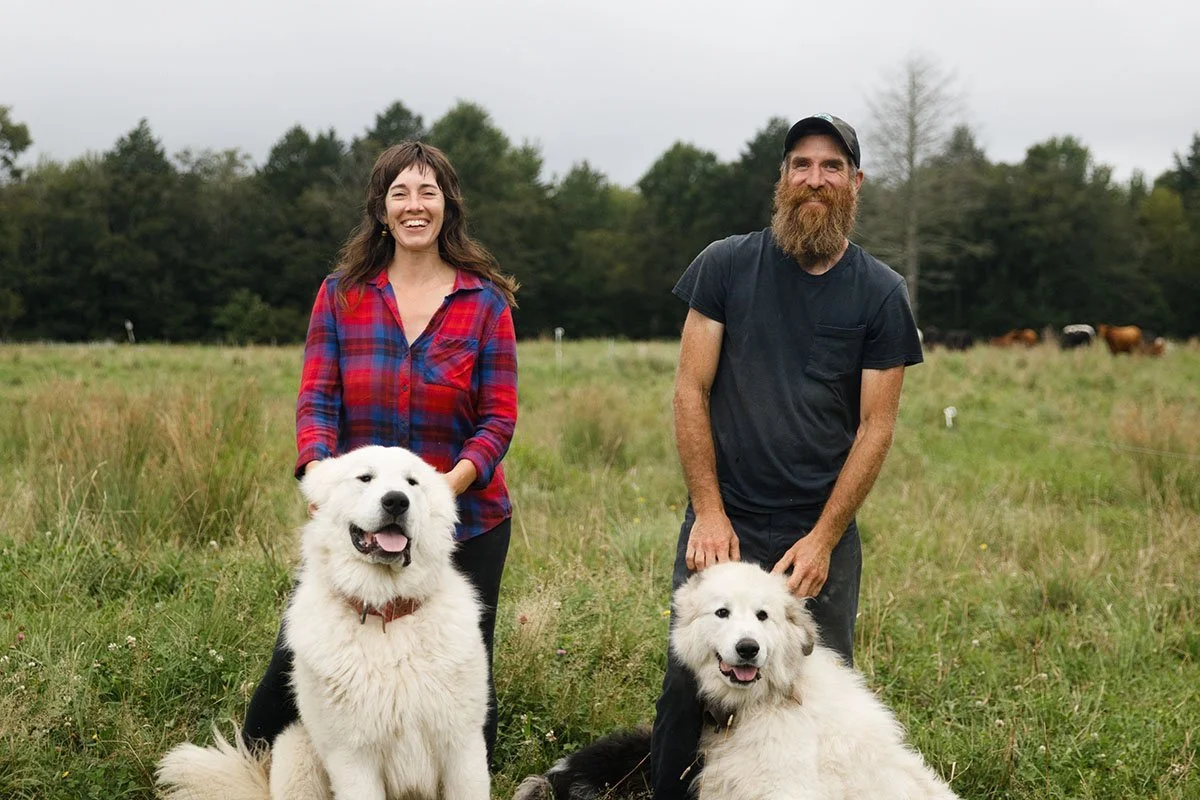Value-Added Producer Grant: Ask an Expert
Meet the expert: Erika Knight
Erika Knight manages the administration of the USDA Value-Added Producer Grant for the state of Oregon. She is responsible for the entire grant cycle, from publicizing the grant to working with grantees.
Important note: Each state has their own rules and best practices. Erika encourages potential applicants to get in touch with their state’s Rural Development Office. Get information specific to your state.
What are some of the most important things for VAPG applicants to keep in mind?
The Application
Prepare in advance! Start gathering your materials at least a year ahead of time. There will be a lot of behind the scenes work checking off boxes.
Applicants will need Letters of Commitment (People willing to purchase your product.) The more detailed the contractual agreement, the better. This step is hard because you are being asked to put the cart before the horse.
Applicants will also need Letters of Support from the contractors that you are going to work with. Applicants must also acquire a clear understanding of what’s going to be done.
Get help! Many seasoned farmers know how to farm but have no idea what a grant really entails. (Grapevine note: Check out our directory of consultants)
Your application CANNOT just be a first-person account of your business. You need to support everything that you’re saying with third party sources. Back up your calculations with a generalized figure and include a citation in your toolkit. We want to see that you’ve matched your numbers up to what we see in the market. If you can break your numbers down to the state or regional level, that’s what scorers are looking for.
Servicing
This is a reimbursement-based grant, which is why we ask for proof of match upfront. You need to be able to pay for everything and submit your fully paid receipts. You cannot submit unpaid invoices for reimbursement.
You CAN use grant funds to hire a contractor to manage the grant. They can do all of the reimbursements and track payments and expenses. This is an eligible program activity. Without someone dedicated to administering this, either internal or a contractor, the grant isn’t going to work.
What are some common application pitfalls?
Missing a checkbox. There are some states that will see an unchecked box and throw out your whole application. Double and triple check your application before submitting.
Being afraid to use duplicate information throughout your application. You may need to cite the same information several times throughout your application, and that is okay.
Not citing sources. It is important to provide a source for all of the data that you use in your calculations. List all of your appendices nicely and in a readable format.
Not having an active SAM (System for Award Management) Registration, which is needed in order to receive businesses or nonprofit grants and is valid for one year.
Do you have any advice on applying for the working capital grant versus the planning grant?
With the working capital grant, you cannot be reimbursed for any activities that take place before harvest, so consulting is usually not included. With the planning grant, you can be reimbursed for planning tasks. I recommend that farms that are just getting started with federal grants apply for the planning grant. This will set them up for a successful working capital grant in the future. It’s enticing to apply for the $250k grant when you’re strapped for cash, but it usually doesn’t work out well and leads to many modifications.
What should a farm look for when choosing qualified contractors and partners?
Grant writing contractors
USDA Rural Development is partnered with Iowa State University on the Ag Marketing Resource Center (agmrc.org). AGMRC has many available resources, including a searchable list of consultants and service providers. USDA employees cannot recommend specific consultants or contracts, but will refer applicants to the AGMRC website.
Consultants or processors
Stick with your existing relationships if you can. It leads to the best outcome in all arenas.
If you are brand new to farming, join trade organizations or ask other grantees and experienced farmers for recommendations. AGMRC has a very helpful directory of resources available in each state. You should also sign up for the USDA GovDelivery listserv where you can opt in to VAPG announcements.
Thank you, Erika, for taking the time to speak with us!
Want to learn more? Check out our list of VAPG resources.




